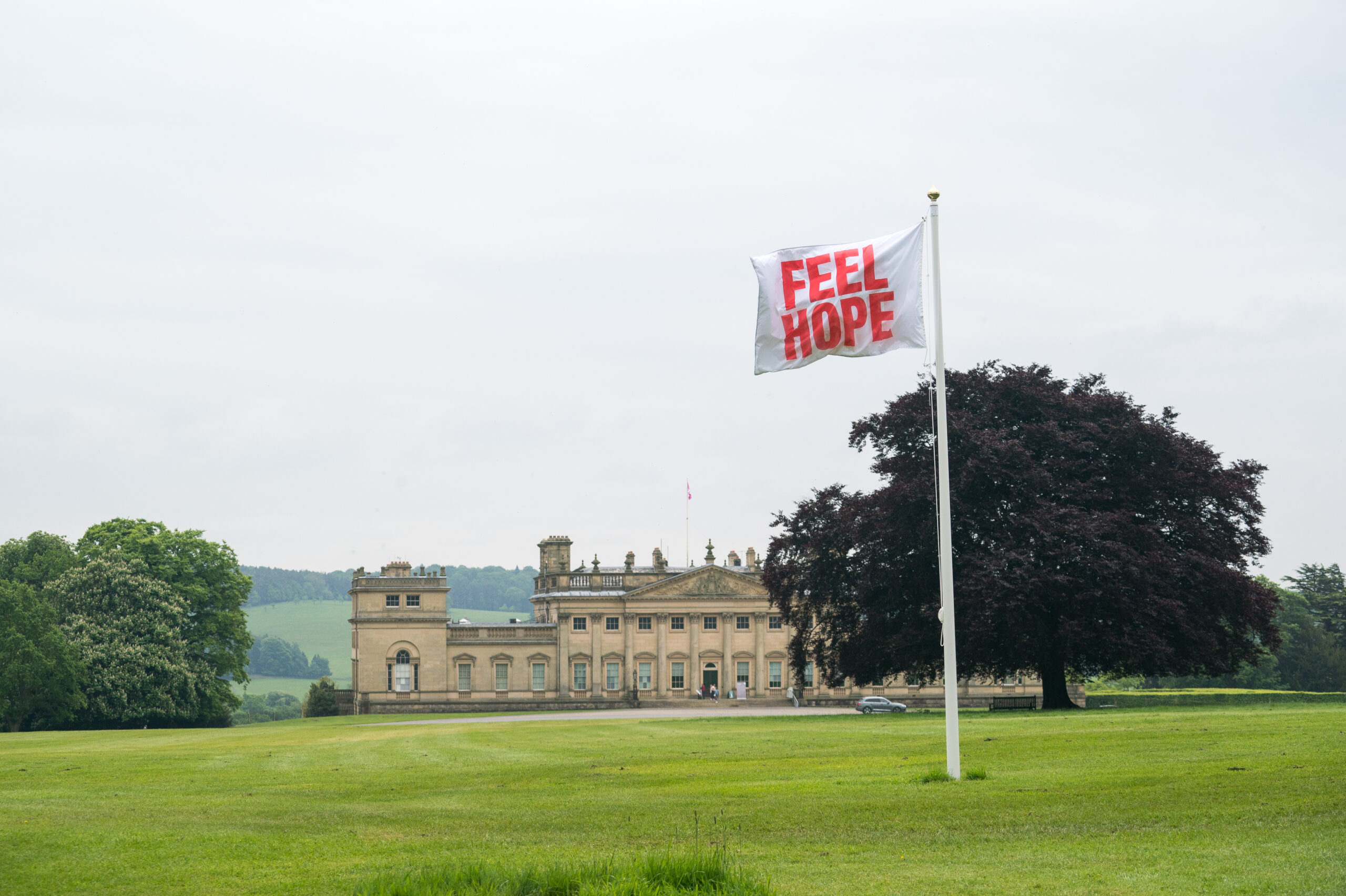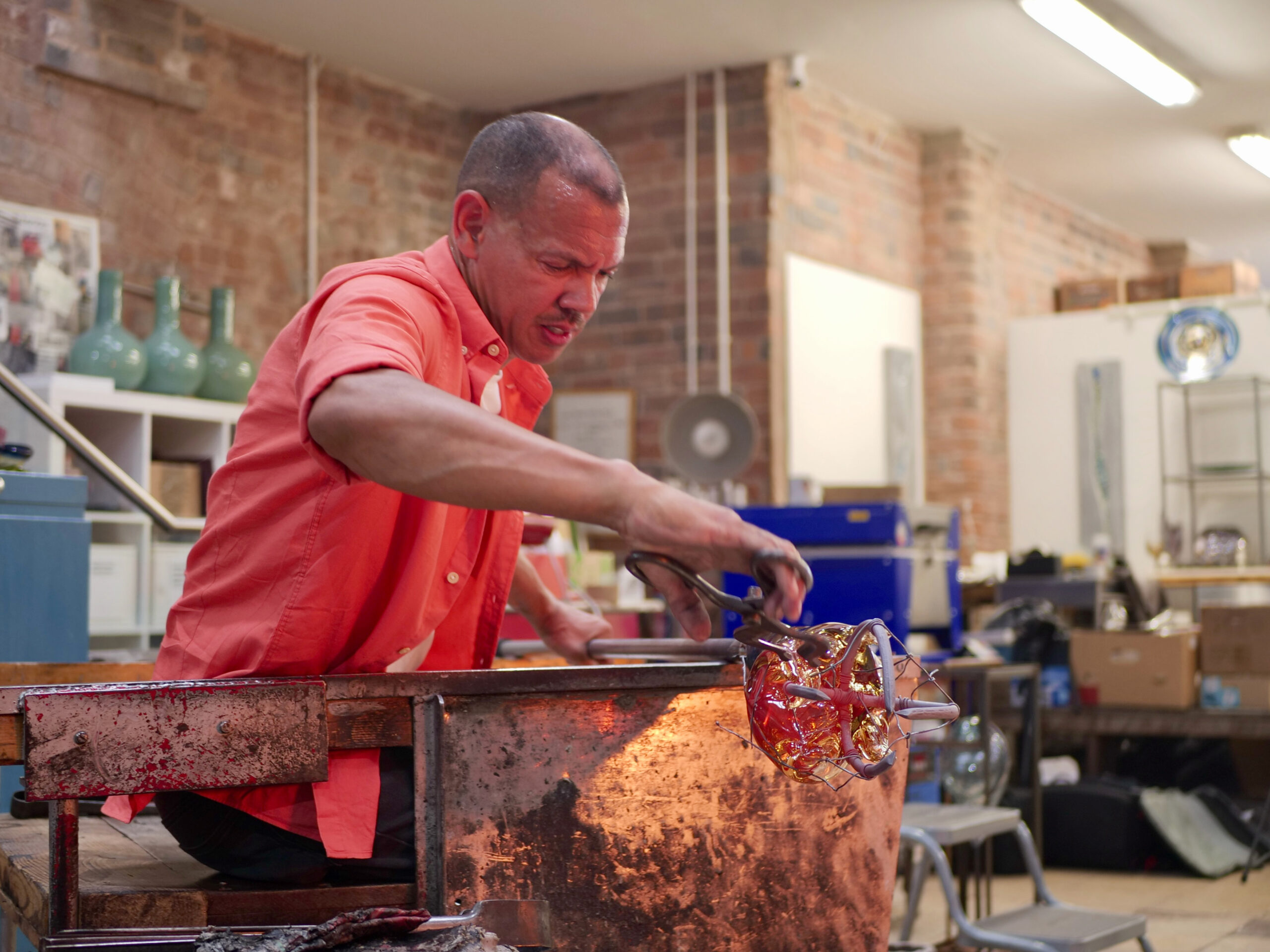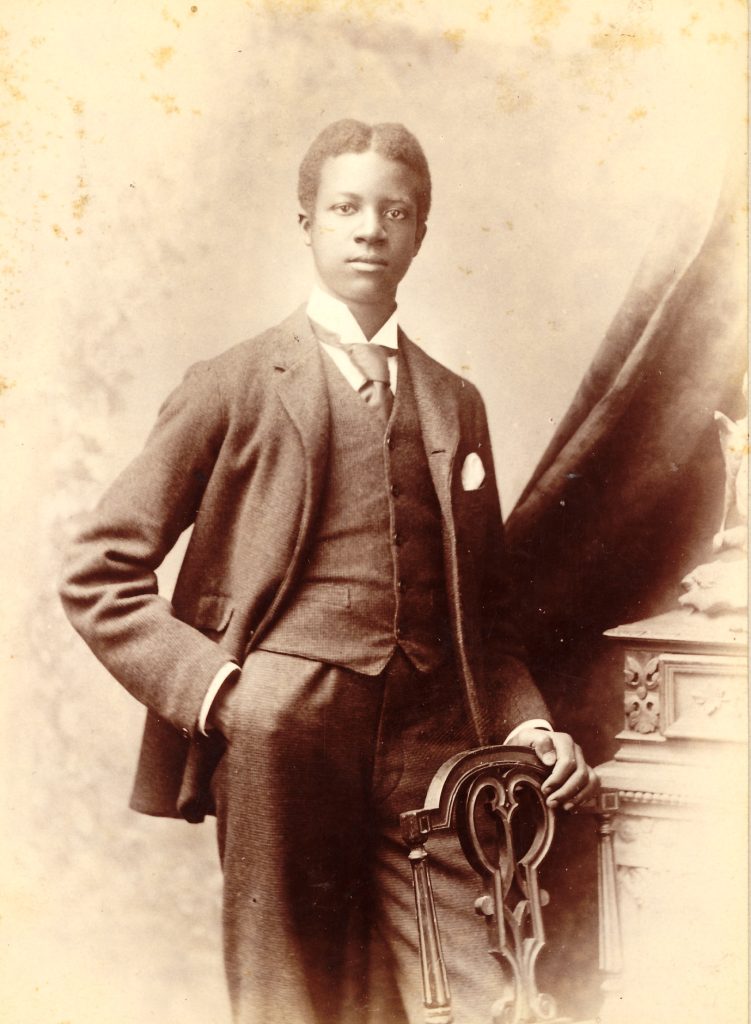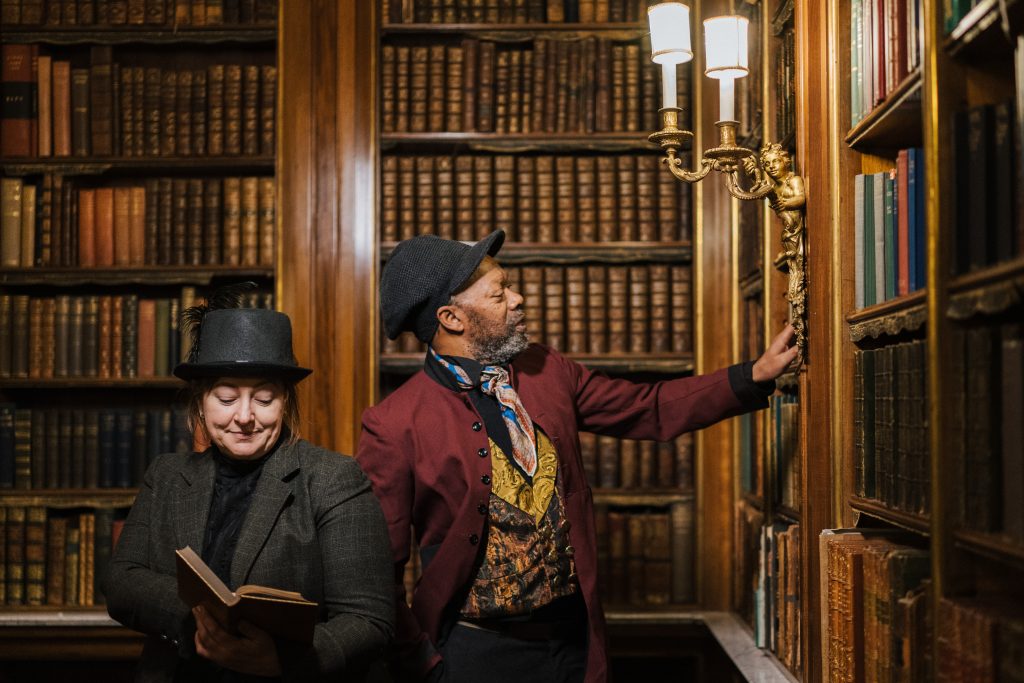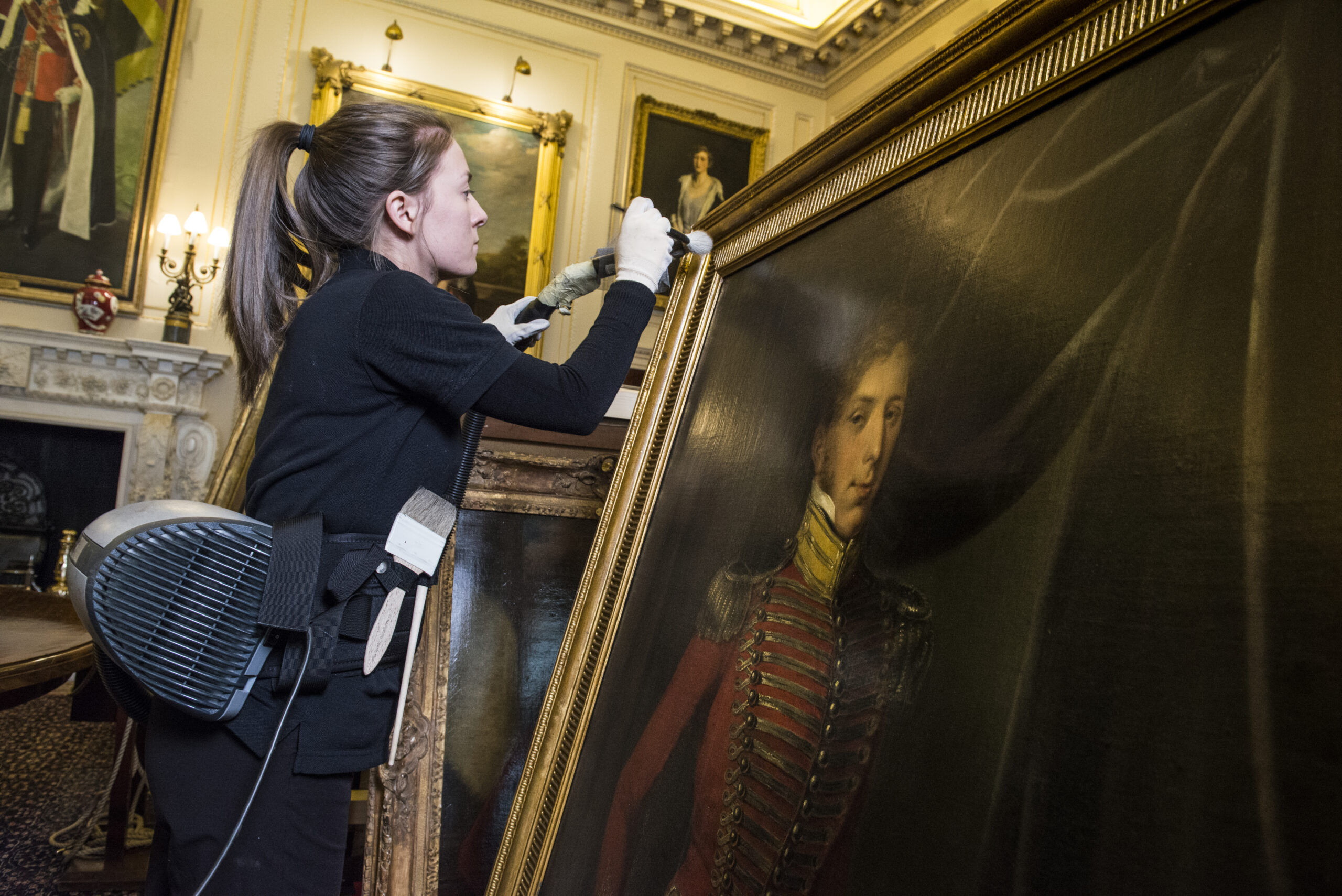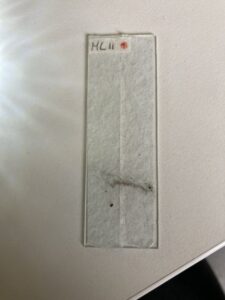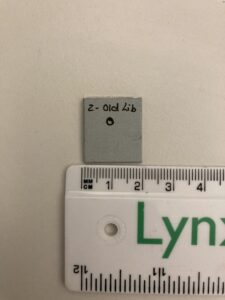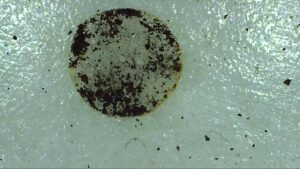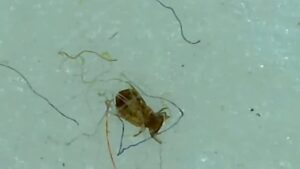
Terrace Garden. Harewood House,Yorkshire, UK. Early Autumn, September 2015.
The beautiful and diverse gardens of Harewood House have been shortlisted for the prestigious Garden of the Year Award from Historic Houses, sponsored by world-famous auction house Christie’s.””
Decided by a public vote, the Award recognises the importance of some of the country’s most spectacular gardens with outstanding horticultural and public appeal. The 100 acres of gardens at Harewood include the formal, intricately designed Italian parterre on the Terrace; the Himalayan Garden that takes visitors to mountains on the other side of the world; the naturalistic planting of the lakeside woodlands; and the inviting Walled Garden, used now to grow produce and for innovative, immersive exhibitions.
Ben Cowell, Historic Houses Director General, comments:
“We are a nation of garden lovers. The experience of lockdown has only made us appreciate the wonders of the garden even more. This is true whether we are lucky enough to tend a garden of our own, or simply enjoy visiting professionally maintained gardens to appreciate the work of talented gardening teams.
“Every year, we hold a vote in a competition to find the UK’s greatest garden. The eight gardens in our shortlist represent the very finest gardens open to the public across the country.
We are proud to have run the Garden of the Year award annually since 1984 with the support of Christie’s. Every year the race to the title is hard-fought, and this year’s shortlist is no exception. Please do cast your vote, and show your support for these wonderful gardens and the talented gardeners who brought them to life.”
In 2020 Harewood’s gardens became even more important, providing a vital source of respite for local communities during the coronavirus restrictions.
Jane Marriott, Harewood House Trust Director comments:
“Visitors enthusiastically returned when the gardens were re-opened in July 2020, with the wide open spaces allowing families and friends to meet safely, and the beauty of the surroundings promoting peace and wellbeing for all. It brought a lot of joy for us at Harewood, to be able to provide a space for people to come together during such difficult times. We do hope that our wonderful gardens brought some relief, and that visitors will vote for us for Garden of the Year.”
“Harewood’s gardens nod to the past whilst looking to the future. The Archery Border takes inspiration from the Victorian obsession with exotic planting, since it lies beneath the Terrace built by Sir Charles Barry in the 1840s. The Himalayan Garden grew around Princess Mary’s 1930s rock garden, with planting informed by her correspondence with the Royal Botanic Gardens; and the Walled Garden, once a kitchen garden to support the House’s role as a hospital during the First World War, now again has fruits and vegetables planted in neat allotments. However, the methods for growing are changing with Harewood’s environmental concerns.”
Head Gardener Trevor Nicholson, who has been at Harewood for over 25 years, comments:
“Our vegetable plots have been converted to a ‘no-dig’ cultivation system to conserve soil ecology, save water and reduce the carbon footprint. Plants for pollinators are interspersed among organically-grown crops, to enrich the biodiversity of the garden, and plant material is recycled into compost, used throughout the gardens as mulch and soil conditioner.”
Anyone who appreciates and values the stunning Harewood House gardens can vote for Harewood to win the Garden of the Year Award here.
Voting closes on Thursday 30 September and the winner will be announced in November.


